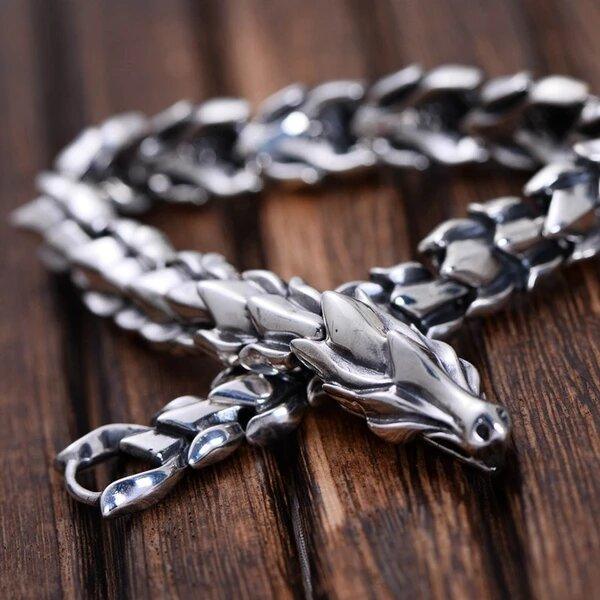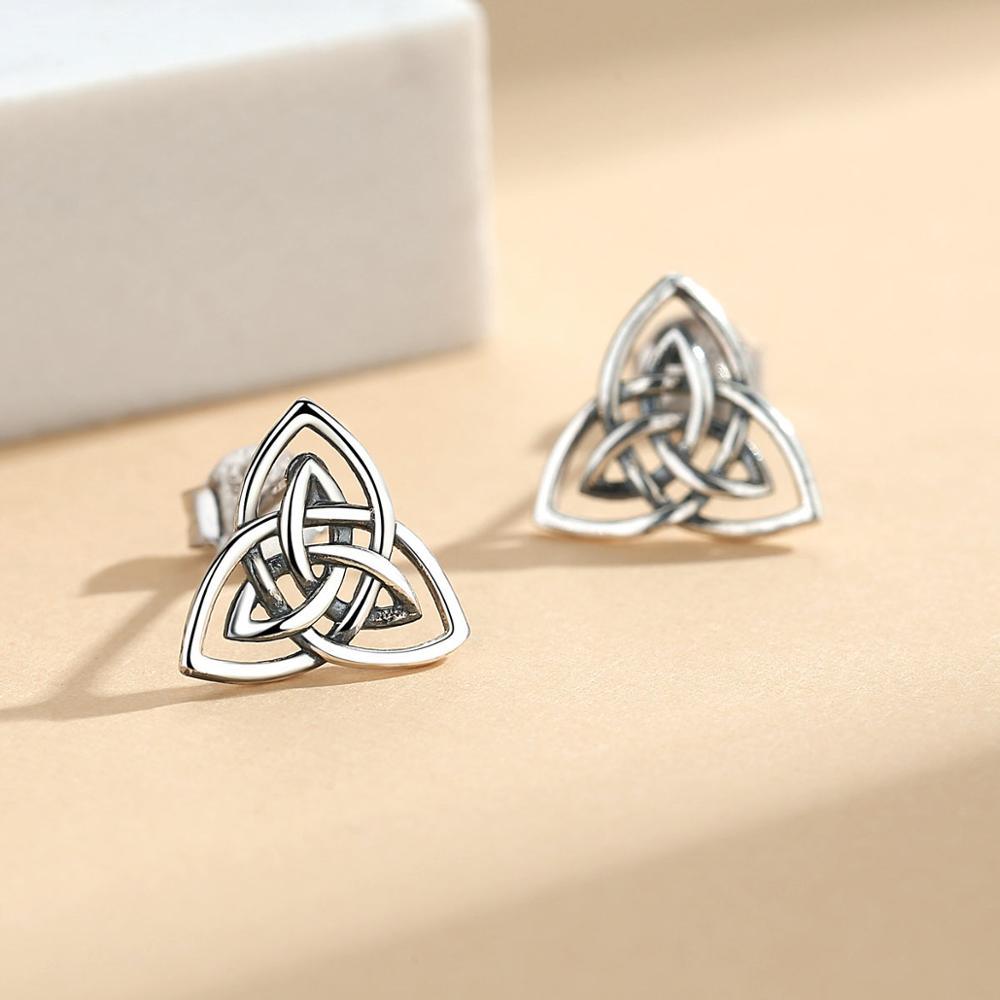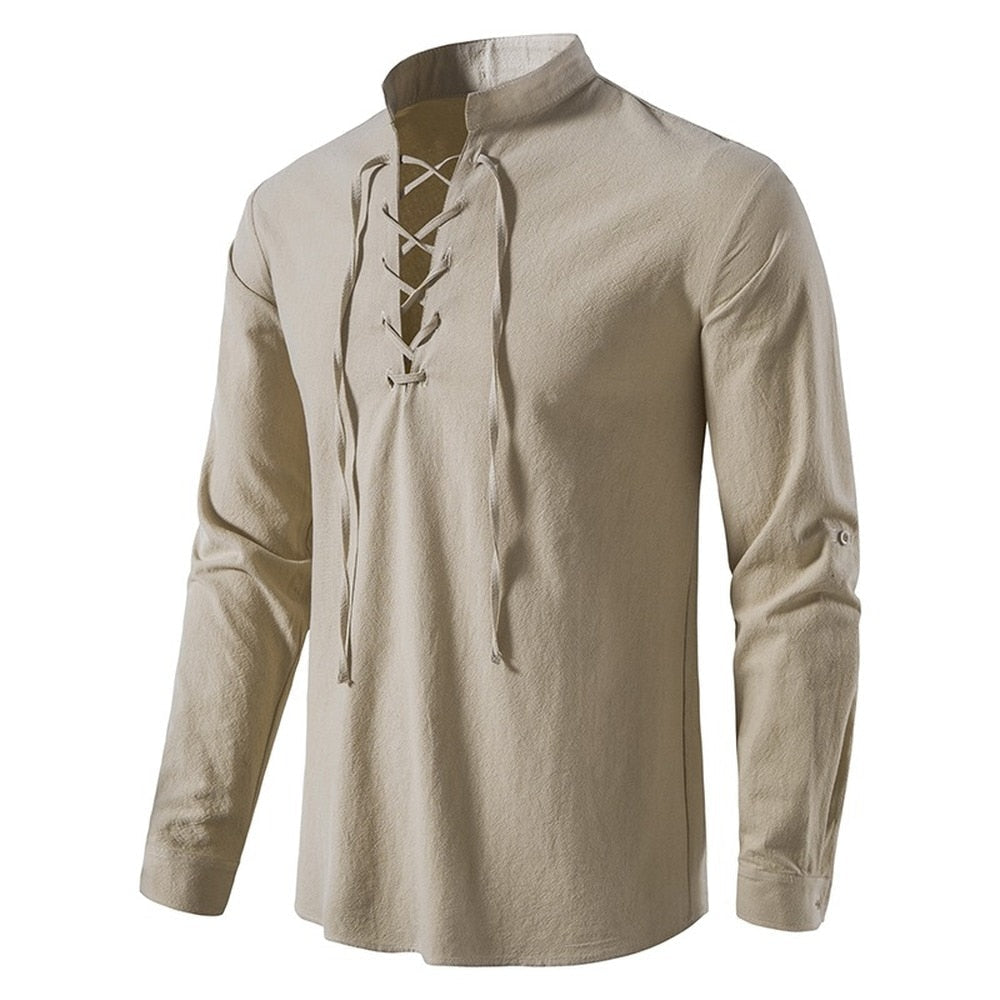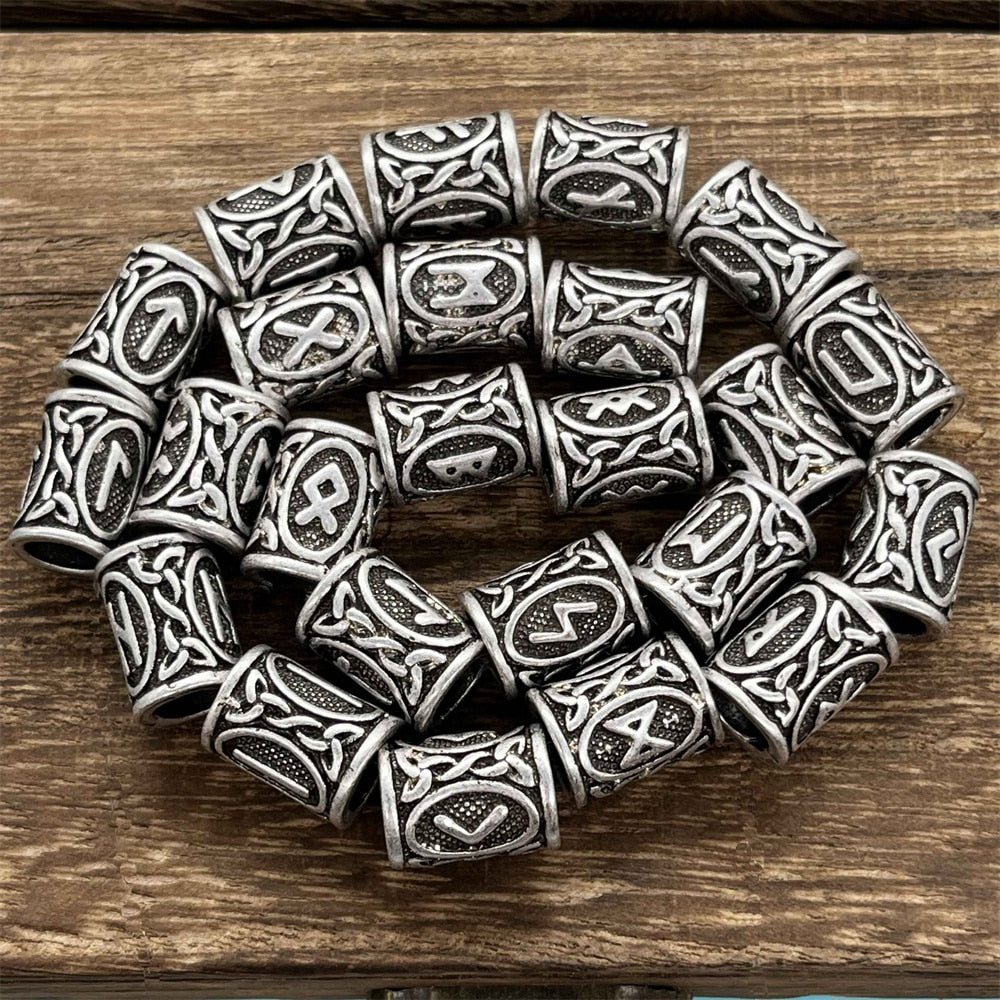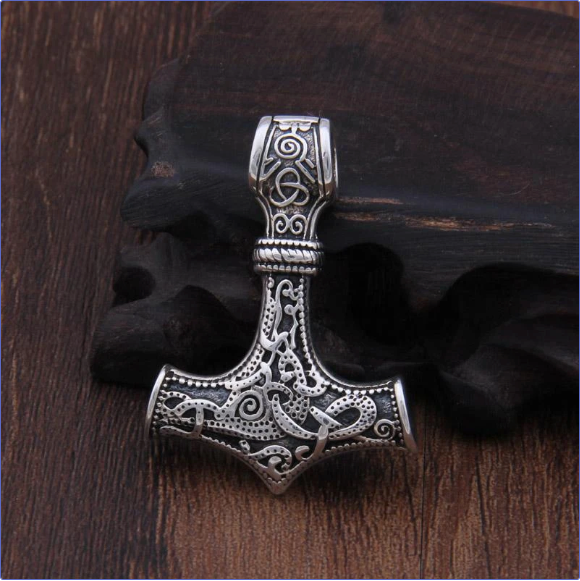Few sagas are as gripping in their storytelling as Heiðreks saga, also known as The Saga of Hervör and Heidrek. While many Norse texts blend myth, genealogy, and folklore, this saga stands out for its vivid narrative structure—shifting between eerie supernatural encounters, heroic deeds, and a king’s tragic unraveling. Its episodes read like campfire tales from the Viking world: bold, haunting, and filled with the tension of fate. To understand Heiðreks saga, one must walk through the story itself, from the birth of the shield-maiden warrior Hervör to the doom-struck reign of her son Heidrek.

Hervör’s Birth and Destiny
The saga opens not with a king or a battle, but with a curse already set in motion. Hervör is born the daughter of Angantyr, a berserker who died in a duel alongside his brothers. Her father carried the sword Tyrfing—a gleaming, magically forged weapon that brings victory in every strike but demands blood and disaster from anyone who wields it. After Angantyr’s death, Tyrfing is buried with him on the island of Sámsey, sealed in darkness where, one hopes, it can do no further harm.
Hervör grows up far from her father’s world. From childhood she is restless, bold, and unwilling to conform to the expectations placed upon women in Viking society. She abandons weaving and domestic life, trains with weapons, and eventually disguises herself as a man to join a band of warriors. Her nature sets the saga’s narrative tone: this is the story of individuals who refuse to accept their prescribed roles, even as fate tightens around them.
The Haunted Island of Sámsey
One of the saga’s most celebrated episodes—and a highlight of Old Norse storytelling—comes when Hervör decides to claim her father’s sword. Defying the warnings of others, she sails to Sámsey, an island shrouded in fear. The saga paints the scene with stark drama: darkness falls, strange fires flicker near the burial mounds, and the dead seem restless beneath the earth.
Hervör stands alone before the barrow of her father and his brothers. With fearless determination, she calls out to Angantyr, demanding that he surrender Tyrfing. The ground trembles; fires rise as if the earth itself objects; and finally, a ghostly voice answers her. The dead beg her to leave, warning that the sword brings nothing but ruin. But Hervör does not yield. Her insistence, spoken into the flames and shadows, forces Angantyr to pass the sword into her hands.
This scene encapsulates the saga’s storytelling power: the meeting of a mortal with the supernatural, driven by a determination so strong that not even death can refuse it. Hervör leaves the island with Tyrfing, knowing full well what the sword may cost her. But heroes in the Norse sagas rarely choose safety; they choose greatness, even if tragedy lies ahead.

Hervör’s Transformation and Legacy
After reclaiming Tyrfing, Hervör’s story takes a surprising turn. She gives up her life on the battlefield, settles, and becomes the mother of two sons—Heidrek and Angantyr (named after her father). Here the saga shifts from one generation to the next, linking Hervör’s boldness to the legacy her children will inherit. Tyrfing, always looming at the edge of the narrative, will pass to Heidrek, setting the stage for the saga’s second major arc.
Heidrek’s Rise: A King of Contradictions
The second half of Heiðreks saga centers on Heidrek, a figure as complex as any Norse hero. Unlike Hervör, whose story is driven by a single great act, Heidrek’s tale unfolds through a mix of ambition, cunning, and dark impulse. He is both brilliant and violent—capable of clever strategy yet prone to furious decisions that leave blood in their wake. He grew up quick-witted but dangerously hot-tempered—a boy whose brilliance was matched only by the fury he struggled to master. A violent quarrel in his youth led to his banishment, forcing him to wander the world and survive by sharp instinct rather than family ties.
Before he left home, Hervör gave him Tyrfing, warning him of its double nature: an unbeatable blade that demanded blood each time it was drawn. Heidrek accepted the sword with a pride that bordered on defiance, believing he could control what had destroyed others. The curse revealed itself quickly. Victory came easily, but always at a price, and whispers followed him from kingdom to kingdom.

As a wanderer, Heidrek’s cunning earned him both fear and admiration. He showed unexpected moments of mercy—freeing a condemned man out of principle—only to be betrayed by that same man. Barely surviving the treachery, Heidrek hardened, convinced that strength must never be separated from caution. Over time, his reputation for insight, battle skill, and decisive judgment grew, and he eventually seized the throne of the Goths.
As king, Heidrek ruled with a strict, intelligent hand, crafting laws and quelling disputes, yet carrying Tyrfing’s curse like a silent companion. Ominous dreams and growing restlessness hinted that his fate was tightening around him. It was during one of his journeys, camped far from home, that a gray-bearded traveler approached his fire—clever-eyed, sharp-tongued, and clearly more than he seemed.
Heidrek welcomed him, unaware that this meeting would lead to the famous riddle contest—and the beginning of his downfall.

The Riddle Contest: A Jewel of Norse Storytelling
A standout moment in the story—and one of the most beloved episodes in the entire corpus of Old Norse literature—is the riddle contest between King Heidrek and a mysterious traveler who is, in truth, the God Óðinn in disguise. The scene reflects the Norse fascination with contests of wisdom, where cunning holds as much value as strength.
The riddles range from clever metaphors to philosophical puzzles, each delivered in poetic form. Heidrek answers most with astonishing insight, demonstrating his sharp intellect. But when Óðinn poses a final riddle that no mortal could answer, Heidrek realizes the trick and attempts to strike the God with Tyrfing. Óðinn vanishes—leaving Heidrek furious and humiliated.
This episode is one of the saga’s literary highlights. It blends poetry and prose, mythology and human pride, revealing Heidrek’s strengths and flaws in equal measure. In Norse storytelling, wisdom is dangerous; the saga shows that even a king can be undone by his temper when facing the divine.
Heidrek’s Fall and the Saga’s Final Note
Like many Norse heroes, Heidrek meets his end through betrayal. While camping in the Carpathian Mountains, he is murdered by his own thralls (servants), fulfilling the curse attached to Tyrfing: that it would bring destruction to every family that possessed it. The saga describes Heidrek’s death not as a simple act of treachery but as the final, inevitable consequence of living under the shadow of a cursed legacy.
After Heidrek’s death, the story briefly follows his sons—another pair of brothers whose conflict echoes earlier generations. Tyrfing remains ever-present, a blade that brings glory yet destroys the line that bears it. This cyclical pattern underscores the saga’s narrative rhythm: each generation inherits both strength and sorrow from the last.

Why This Saga’s Storytelling Endures
What makes Heiðreks saga such an exceptional work is not only its plot but the way the story is told. The saga balances action with atmosphere, weaving between intimate conversations with the dead, tense riddling duels, and sweeping changes in fortune. It is a story defined by mood—dark, bold, and tinged with ancient magic—yet grounded in human choices and consequences.
Its female hero, Hervör, remains one of the most memorable characters in Norse literature. Its cursed sword echoes through later fantasy works. Its riddles influenced scholars and writers for centuries. And its portrayal of fate—relentless but not pointless—continues to resonate with readers today.

Bibliographical References:
Tolkien, Christopher (trans.) The Saga of King Heidrek the Wise. Viking Society for Northern Research, 1960. ISBN: 9780903521273
Tunstall, Peter (trans.) Hervarar Saga and Other Icelandic Heroic Legends. Independently Published, 2017. ISBN: 9781545498401
Dronke, Ursula (ed. & trans.) The Poetic Edda: Volume I: Heroic Poems. Oxford University Press, 1997. ISBN: 9780198114617




